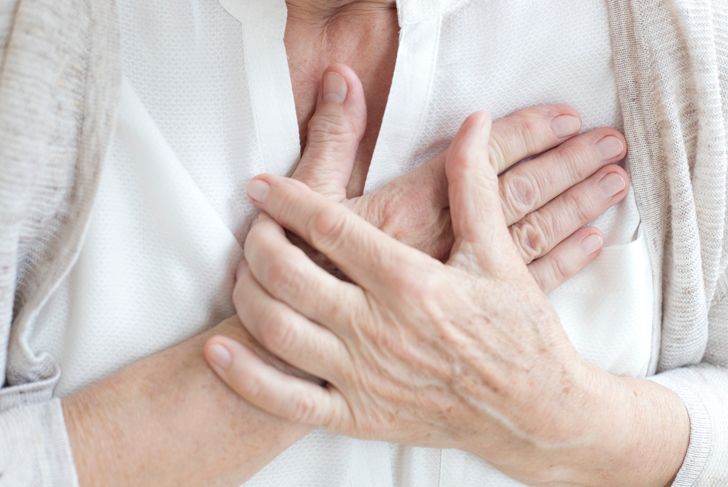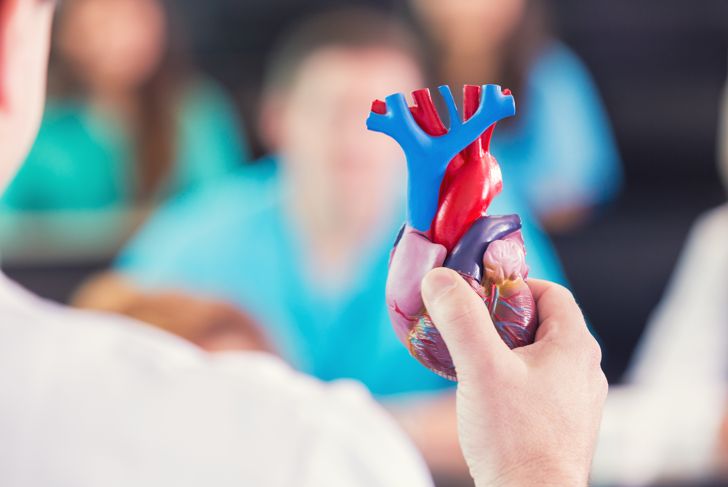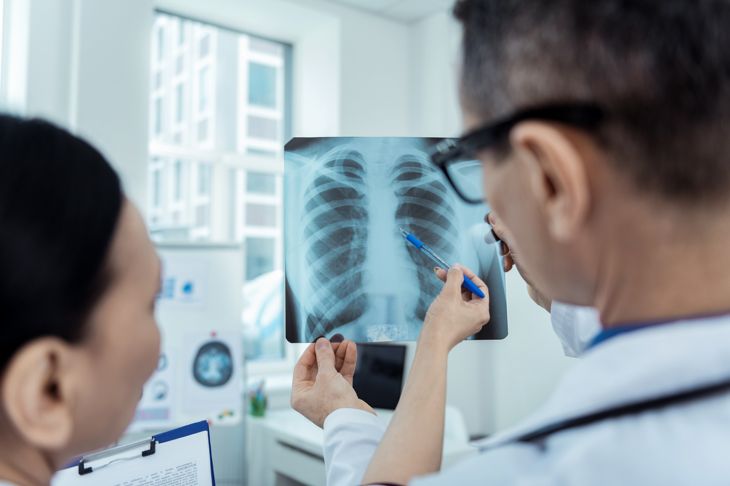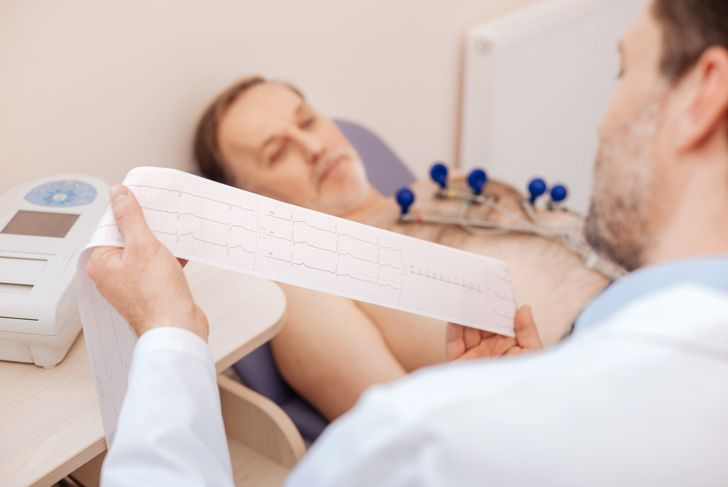Pulmonary hypertension is when the blood pressure is high in the arteries carrying blood to the lungs. The vessels narrow, making it difficult for the heart to do its job. The condition is somewhat rare but very serious; it can affect people of all ages, ethnicities, and races but is most common in young adults and twice as common in women as in men.
Group 1: Pulmonary Arterial Hypertension
The World Health Organization (WHO) classifies pulmonary hypertension into several groups. Group 1 is the least common type but has been well-studied.This type occurs when the pulmonary arteries thicken and become stiff or narrow. Symptoms can develop without a clear cause, but group one may be inherited or linked to other medical conditions, like HIV, congenital heart disease, and lupus.
Group 2: Pulmonary Venous Hypertension Due to Left Heart Disease
This type of pulmonary hypertension is due to left-sided heart disease. When the left side of the heart does not work properly, blood backs up into the lungs, and venous pressure increases.Researchers do not completely understand the changes that occur in the pulmonary artery in this type of pulmonary hypertension, but they believe that it is the result of venous pressure building. Group 2 is the most common type of pulmonary hypertension in the United States.
Other Groups
There are three additional WHO groups of pulmonary hypertension. Group 3 is pulmonary hypertension caused by hypoxia and is most common in people with lung diseases, like chronic obstructive pulmonary disease (COPD) or anything that causes scarring and damage in the lungs.Group 4 pulmonary hypertension results from chronic clotting in the pulmonary vessels, and Group 5 is a miscellaneous category of pulmonary hypertension with unclear causes.
Changes in the Heart and Lungs
Regardless of the type, the changes in the heart and lungs from pulmonary hypertension are generally the same. The pulmonary arteries, which carry blood from the heart to the lungs, narrow. This makes it difficult for blood to pass through, causing a rise in pressure and straining the right side of the heart.The right ventricle receives unoxygenated blood from the body and pumps it into the lungs, and it has to work very hard to overcome this increased pressure. Eventually, the right ventricle weakens and can no longer pump enough blood to the lungs, resulting in right-sided heart failure.
Symptoms
Symptoms of pulmonary hypertension do not always appear until it has progressed. Shortness of breath with everyday activities is often one of the first signs that something is wrong, but people may also experience fainting, dizziness, swelling in the legs and feet, or chest pain.As the disease progresses, symptoms include heart palpitations and difficulty breathing when at rest, until it becomes difficult to carry out normal activities or even walk across the room.
Diagnosis
Pulmonary hypertension is not normally found on a routine medical exam. Even in later stages, the symptoms may be confused with other heart conditions, and doctors often diagnose it after ruling out other things.Tests include a chest x-ray, echocardiogram, pulmonary function tests, and lung scans. The doctor may also perform a cardiac catheterization of the right side of the heart to look for any changes. Cardiac catheterization is the only test that directly measures the pressure of the pulmonary arteries.
Medications
One treatment for pulmonary hypertension is medication. The type of medication depends on the underlying cause of the condition.Blood thinners may be prescribed for clotting, and diuretics help remove extra fluid to reduce swelling and lower the burden on the heart. Sometimes, people need medications to treat arrhythmias or to dilate the vessels to lower the pulmonary blood pressure.
Diet and Lifestyle Changes
People with pulmonary hypertension can make diet and lifestyle changes to help them manage the disease. Doctors may recommend a low-sodium diet and limiting foods with cholesterol, saturated fats, and refined sugar while eating more whole grains, fruits, and vegetables. People with this condition may also have to monitor their fluid intake, especially if they experience shortness of breath or swelling.Strenuous exercise may be too much for their lungs to handle, so most doctors recommend walking as a form of safe and effective exercise. People with this condition should also stay away from alcohol and tobacco and avoid pregnancy, which put excessive stress on the heart and lungs.
Surgical Treatments
If pulmonary hypertension worsens or is not well controlled, surgical intervention may be necessary. Doctors can surgically remove blood clots in the pulmonary artery when they are present to improve lung function and circulation. The only cure for pulmonary hypertension is a lung transplant.Lung transplants are only recommended for advanced forms of the disease that no longer respond to treatment. If left-sided heart failure is also present, a heart and lung transplant may be necessary.
Prognosis
Even with treatment, pulmonary hypertension can cause serious complications, like heart failure and arrhythmias. Identifying problems with the right ventricle is essential to determine the risk of complications and death.People with lower risk have minimal right-sided heart changes, while those who are most at risk have significant enlargement and dysfunction.

 Home
Home Health
Health Diet & Nutrition
Diet & Nutrition Living Well
Living Well More
More




















